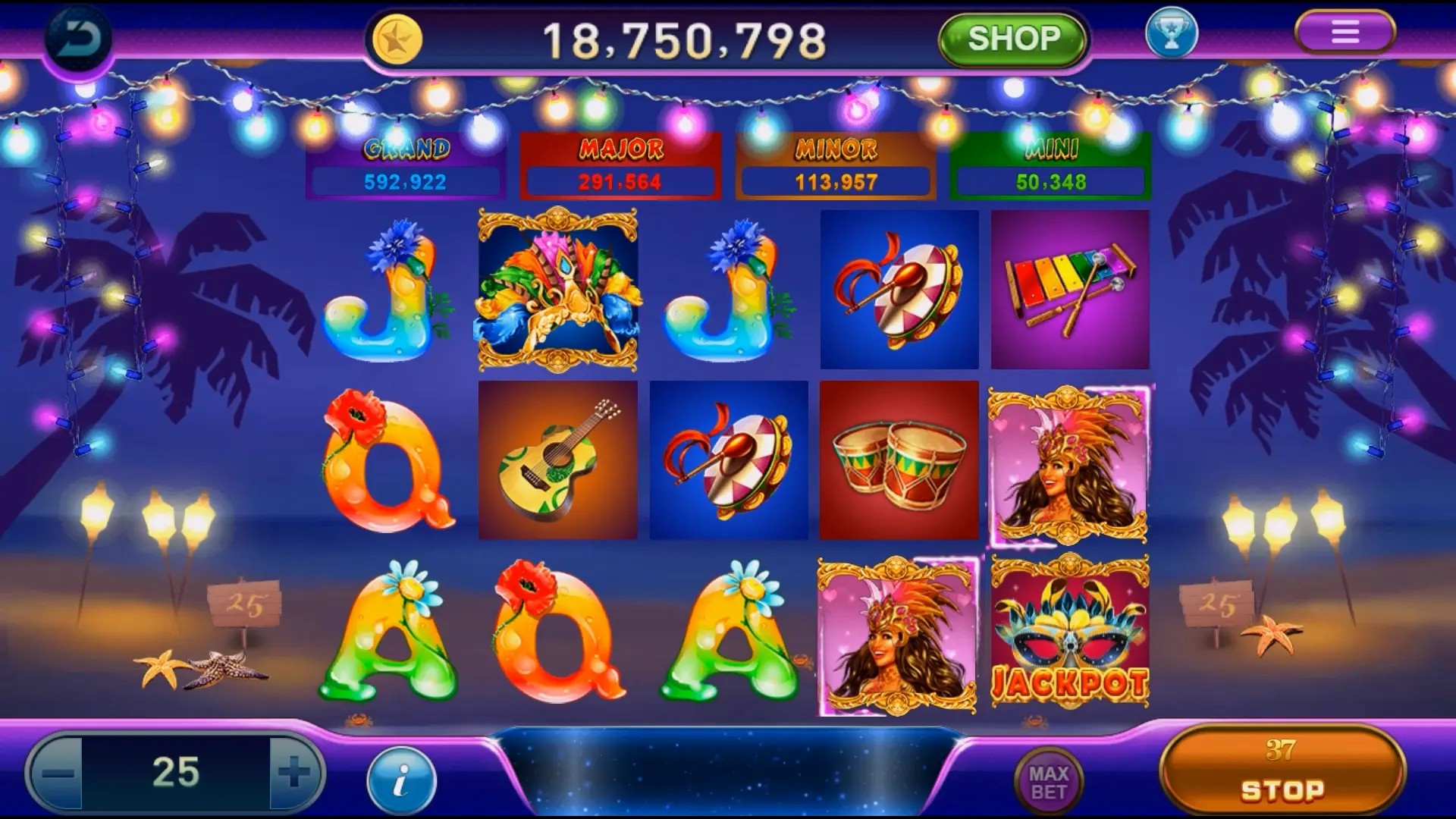Unlocking Creativity: The Rise of Sandbox Games and Their Impact on the Gaming Industry
In recent years, the gaming industry has witnessed a significant transformation, driven largely by the emergence and popularity of sandbox games. These interactive platforms offer players unprecedented freedom and creativity, allowing them to explore, build, and interact in ways that traditional gaming structures have not permitted. This article delves into the unique features of sandbox games, their growth, and their influence on the broader gaming landscape.
What Are Sandbox Games?
Sandbox games are characterized by their open-ended gameplay that grants players the ability to make choices and engage with the environment at their leisure. Unlike linear games with defined goals, sandbox games provide a canvas for creativity. Players can explore vast worlds, gather resources, build structures, and share their creations with a community. Popular examples include Minecraft, Roblox, and Terraria.
The Rise of Sandbox Gaming
Sandbox gaming has seen remarkable growth over the past decade. Its rise can be attributed to a few key factors:
- Community Engagement: Many sandbox games enable players to collaborate and share experiences, fostering a sense of community.
- Endless Possibilities: The absence of rigid goals allows for a greater variety of gameplay experiences.
- Streamlined Accessibility: Advances in technology have made it easier for developers to create complex virtual worlds without hefty development costs.
Impact on Game Development
The success of sandbox games has influenced how developers approach game design. Here are some shifts in the industry:
| Trend | Description |
|---|---|
| Player-Centric Design | Developers are increasingly prioritizing player feedback and experiences in the game design process. |
| Emphasis on Creativity | More games incorporate mechanics that allow players to build and modify environments. |
| Expansion of Multiplayer Features | Games now focus on community aspects, enabling players to share and collaborate globally. |
Sandbox Games: A Collision of Cultures
Sandbox games not only span genres and age groups but also cross cultural and social boundaries. The creation of games like LEGO Star Wars: The Last Jedi has heralded a new era where franchises tap into sandbox mechanics to expand narrative and interactive possibilities. Players can explore beloved universes while infusing their twists into the plotlines.
Challenges Within the Sandbox Realm
Despite their advantages, sandbox games are not without challenges. Some players experience issues such as crashes, exemplified by problems like the Titanfall 2 game crash after match, which can frustrate enthusiasts and damage a game's reputation. Moreover, the open nature can lead to unregulated content, prompting concerns over safety, especially for younger players.
The Future of Sandbox Gaming
As technology continues to evolve, sandbox games are poised to redefine gaming. Here’s what to expect:
- Enhanced Graphics: With advancements in technology, the visual quality of sandbox environments will likely improve significantly.
- Virtual Reality Integration: The melding of VR and sandbox mechanics could offer immersive experiences.
- Increased Educational Use: Sandbox games may find applications in learning, helping students explore complex concepts through play.
Conclusion
Sandbox games have revolutionized the way we perceive not just gaming, but creativity itself. By providing a platform for artistic expression and player engagement, these games have carved out a unique niche within the broader industry. As developers continue to innovate and respond to player needs, we can look forward to an exciting future that retains the core essence of sandbox play while exploring new horizons. The fusion of creativity and technology in this genre holds immense potential to redefine entertainment and education alike.



